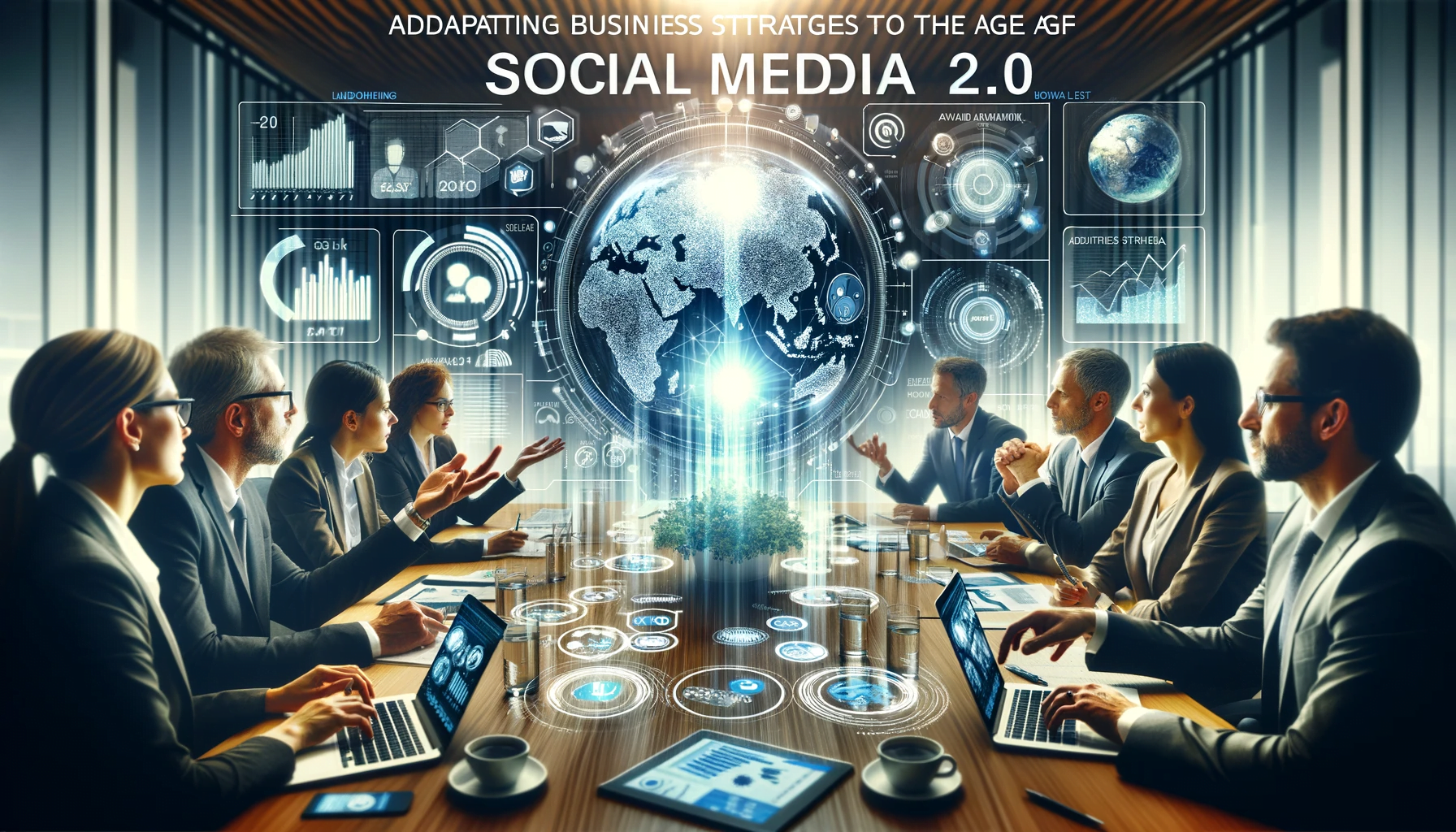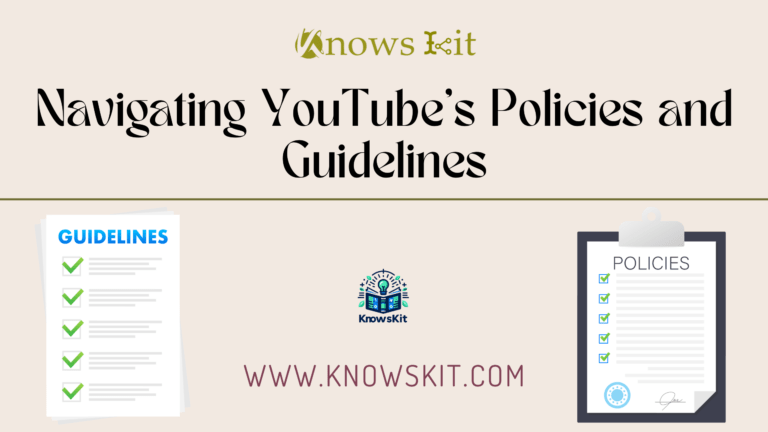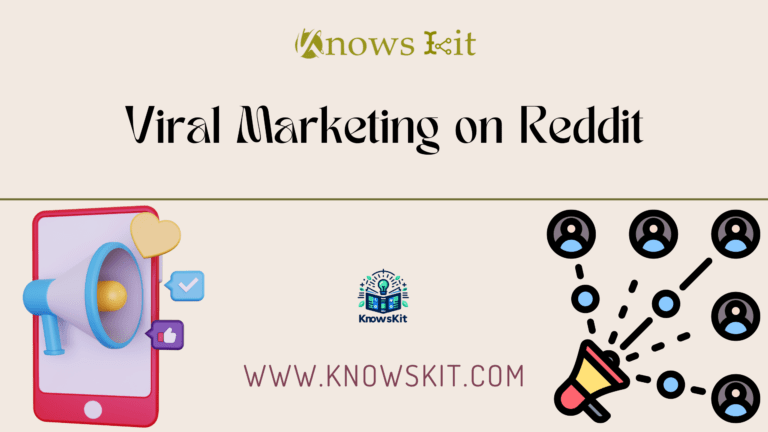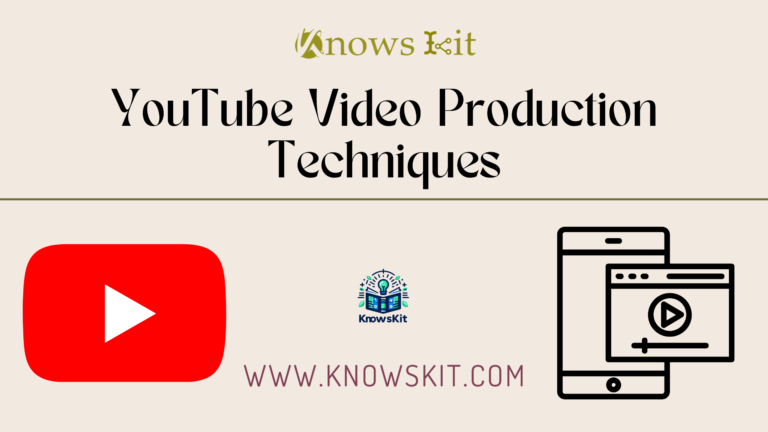In the ever-evolving world of digital communication, the emergence of Social Media 2.0 marks a significant turning point. This new era of social media is not just a simple upgrade; it’s a complete overhaul of how we interact, share, and engage online. As we delve into this transformative phase, it’s essential to grasp the core aspects of Social Media 2.0 and comprehend its profound impact on our digital lives.
Understanding Social Media 2.0

What is Social Media 2.0?
At its heart, Social Media 2.0 represents a leap forward from the traditional platforms we’ve grown accustomed to. It’s characterized by advanced technologies like Artificial Intelligence (AI), Augmented Reality (AR), Virtual Reality (VR), and the integration of Blockchain, offering a more immersive, secure, and interactive experience.
The evolution from Social Media 1.0 to 2.0 is akin to moving from a two-dimensional space to a three-dimensional one, where users don’t just consume content but actively participate in its creation and curation. It’s not just about posting and liking anymore; it’s about living and experiencing digital content in a way that’s closer to real life.
Comparison of Features – Social Media 1.0 vs. Social Media 2.0
| Feature | Social Media 1.0 | Social Media 2.0 |
|---|---|---|
| User Experience | Static, user as a consumer | Dynamic, user as a creator |
| Technology | Basic algorithms | AI, AR/VR, Blockchain |
| Privacy & Security | Limited | Enhanced with blockchain |
| Content Type | Text and images | 3D, virtual reality content |
| Monetization | Ad-driven | Subscriptions, tipping |
| User Engagement | Likes, comments | Interactive experiences |
| Target Audience | Broad, general | Niche, specific communities |
| Ethical Considerations | Less focus | High focus on user safety |
The Technology Behind Social Media 2.0
- Artificial Intelligence and Machine Learning: These technologies are being used to create more personalized user experiences. For example, AI algorithms analyze user behavior to curate content feeds that are uniquely tailored to individual interests and preferences.
- Augmented Reality/Virtual Reality: AR and VR are revolutionizing user interaction on social media platforms by creating more immersive and engaging experiences. These technologies allow users to experience digital content in a more lifelike and interactive manner, such as through 3D avatars or virtual environments.
- Blockchain Technology: Blockchain is enhancing security and privacy on social media. It provides a decentralized and transparent framework, which ensures better control and security of user data, addressing some of the privacy concerns prevalent in earlier versions of social media.
The Rise of Social Media 2.0

Historical Perspective
Social Media 2.0 didn’t emerge overnight. It’s the result of a gradual evolution that started with the earliest social platforms like MySpace and evolved through platforms like Facebook and Twitter. The transition to 2.0 has been marked by increasing user demand for more interactive, engaging, and secure online experiences.
Key Players in Social Media 2.0
Social Media 2.0 – Key Platforms and Their Unique Features
| Platform | Unique Feature(s) | Target Audience |
|---|---|---|
| TikTok | User-friendly content sharing, focus on video-based social environment | User-friendly content sharing, focus on a video-based social environment |
| Clubhouse | Audio social network, unique conversation-focused format | Diverse audience, emphasis on real-time voice interaction |
| Twitch | Streaming service with subscription and tipping monetization, gaming-focused | Primarily younger audiences, trendsetters |
| Enhanced user experience with emphasis on visual content, deduced data usage | Wide demographic, particularly popular among millennials and Gen Z | |
| Transitioned to 2.0 with one-click access to platforms like Instagram, monetization through interaction and subscriptions | Broad audience, diverse user base | |
| Incorporates 2.0 features like Super Followers for monetization, interactive spaces | Gamers live stream viewers | |
| The broad audience, including professionals and influencers | Users interested in creativity, DIY, and lifestyle content | |
| Discord | Focus on monetizing existing user base, the visual discovery engine | Gamers, niche community groups |
| Slack and Teams | Brings social media capabilities to the workplace | Professional users, corporate teams |
The landscape of Social Media 2.0 is populated with new and emerging platforms that are pushing the boundaries of what social media can be. These platforms are redefining online interactions with unique features that prioritize user experience and interaction. They range from platforms offering virtual reality experiences to those leveraging blockchain for enhanced security and privacy.
User Experience in Social Media 2.0

Enhanced Interactivity and Engagement
One of the hallmarks of Social Media 2.0 is its focus on enhancing user interactivity and engagement. Features like 3D avatars and virtual worlds are not just about viewing content; they’re about participating in it. This interactivity leads to a more engaging and fulfilling user experience, making social media a more integral part of users’ daily lives.
Privacy and Security in the New Era
Despite the advancements in interactivity and user engagement, Social Media 2.0 also places a strong emphasis on improving privacy and security. The integration of technologies like blockchain is pivotal in this aspect, as it allows for greater transparency and control over personal data.
This detailed expansion provides a deeper insight into each aspect of Social Media 2.0, highlighting its technological advancements,
its evolving role in shaping user experiences, and its focus on addressing the contemporary challenges of privacy and security in the digital world.
Impact on Society and Culture

Social Media 2.0’s Role in Today’s Culture
Social Media 2.0 has a profound impact on society and culture, redefining how we communicate, share, and engage with each other. It goes beyond just connecting people; it shapes societal trends, influences the media, and even affects political landscapes. This new era of social media has become a platform for social change, empowering users to voice their opinions and participate in global conversations. The immersive experiences provided by Social Media 2.0 have led to more meaningful and impactful interactions, creating a digital culture that is more inclusive and representative of diverse voices.
Ethical Considerations
The rise of Social Media 2.0 also brings ethical considerations to the forefront. With its power to influence public opinion and shape societal norms, there’s a growing responsibility to address issues like misinformation, privacy breaches, and cyberbullying. Ensuring ethical use of these platforms is crucial. The industry is now more aware of its role in safeguarding user data, promoting truthful information, and creating a safe online environment for all users. Discussions around ethical AI, content moderation, and data privacy are central to ensuring that Social Media 2.0 remains a force for good.
Business and Marketing on Social Media 2.0

Transforming Business Strategies
The advent of Social Media 2.0 is transforming business and marketing strategies. Companies are no longer just using social media for advertising; they’re creating immersive brand experiences and engaging with their audiences in more meaningful ways. Interactive features of Social Media 2.0 allow businesses to showcase their products and services in a dynamic, engaging manner, leading to deeper customer connections and enhanced brand loyalty.
The Future of E-commerce and Advertising
The future of e-commerce and advertising in Social Media 2.0 is expected to be more integrated and interactive. Businesses are leveraging AR and VR to provide virtual try-ons and immersive product demos, creating a more engaging shopping experience. The focus is on building relationships with customers through personalized experiences, fostering a sense of community around brands, and utilizing direct monetization methods like subscriptions and tipping to drive revenue.
The Future of Social Media 2.0

Emerging Trends and Predictions
Looking ahead, several trends are shaping the future of Social Media 2.0. The integration of AI for more personalized content, the growing use of AR/VR for immersive experiences, and a focus on user-generated content in virtual spaces are just a few of the developments on the horizon. These advancements indicate a future where social media becomes even more integrated into our daily lives, offering richer and more interactive experiences.
- Increasing use of AI for personalized experiences
- Greater integration of AR/VR in daily social media interactions
- A focus on user-generated content in virtual environments
Challenges and Opportunities Ahead
The future of Social Media 2.0 is not without challenges. Balancing innovation with privacy concerns and ethical considerations will be crucial. However, these challenges also present opportunities for growth and improvement. The focus will be on creating platforms that not only entertain and engage but also protect and empower their users.
Conclusion
Social Media 2.0 marks a pivotal shift in the digital landscape, ushering in an era of greater interactivity, immersion, and personalization. This new phase in social media evolution is not just a technological leap forward but also a cultural and societal one. With its emphasis on user-centric experiences, enhanced privacy, and ethical use of technology, Social Media 2.0 is set to redefine our online interactions and digital lives.
The implications of Social Media 2.0 are far-reaching, affecting how we communicate, do business, and interact with the world around us. As we embrace this new era, it’s crucial to navigate these changes thoughtfully, ensuring that the digital world we are building is inclusive, safe, and beneficial for all.
Social Media 2.0 isn’t just the future; it’s the present. It’s a call to action for users, creators, and businesses alike to engage with this new digital world in a responsible and forward-thinking manner.
FAQ
What is Social Media 2.0 and how is it different from its predecessor?
Social Media 2.0 represents an evolution from the earlier version, focusing more on user-centric features and monetization methods. Unlike Social Media 1.0, which was largely funded by advertising revenue and data collection, 2.0 models often employ direct monetization strategies like subscription fees, tipping, and paid access to content. This shift also reflects a change in focus from mass appeal to catering to specific communities or demographics.
How does monetization work in Social Media 2.0?
In Social Media 2.0, platforms like Twitch and YouTube have adopted monetization models where users pay subscription fees to access content from creators they follow. This fee is usually shared between the service provider and the content creator. This model is more transparent compared to the data-driven revenue model of Social Media 1.0, where user data was often used for targeted advertising.
What are the key features of Social Media 2.0?
Key features of Social Media 2.0 include a focus on enhanced user experience, often achieved through AI and machine learning algorithms. These technologies are used for personalizing content feeds, moderating toxic behavior, and identifying trends. Additionally, Social Media 2.0 platforms tend to focus on specific user groups or niches, rather than trying to appeal to a general audience.
How does Social Media 2.0 impact user privacy?
With a shift towards direct monetization and less reliance on advertising and data selling, Social Media 2.0 offers a potential improvement in terms of user privacy. By reducing the need to collect and sell user data for revenue, these platforms can provide a more secure and private experience for users.
What is the future outlook for Social Media 2.0?
The future of Social Media 2.0 seems to be heading towards a more ethical and user-focused direction. The emphasis is on creating platforms that are more in tune with the needs and preferences of specific user groups, with a strong focus on community building and direct support of content creators.
How are businesses adapting to Social Media 2.0?
Businesses are adapting to Social Media 2.0 by focusing on more direct engagement with their target audiences on these platforms. They are leveraging the specific features of these platforms, such as subscription models and direct tipping, to connect with and support content creators who can help promote their products or services to a more targeted audience.
Read These For More Reference
https://www.tandfonline.com/doi/full/10.1080/14241277.2015.1120014
https://apps.dtic.mil/sti/citations/ADA557365
https://pdfs.semanticscholar.org/fe75/af214fdf787113399e0f174268a762e3267e.pdf



![Mastering the Social Media Funnel: Maximize Your Marketing [2024 Exquisite Guide] 15 Diverse individuals engaging with social media, highlighting interactions like comments and likes.](https://www.knowskit.com/wp-content/uploads/2024/01/the-essence-of-audience-engagement-on-social-media-768x439.png)
![Social Media Leads [2024 Exquisite Guide] 16 Visualization of emerging trends in social media lead generation including AI and personalization.](https://www.knowskit.com/wp-content/uploads/2024/01/emerging-trends-in-social-media-leads-768x439.png)


